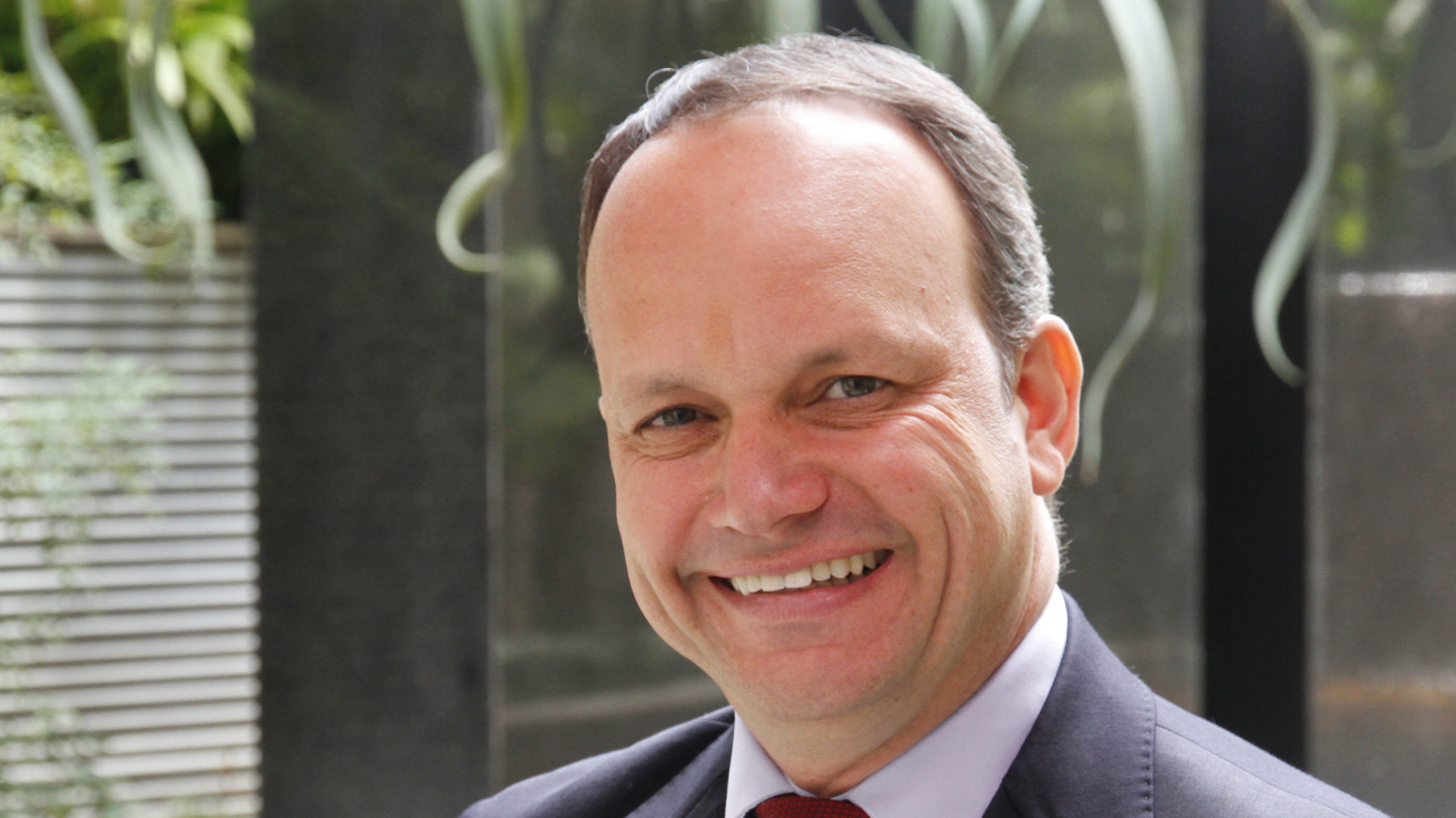 *By Mario Belesi
*By Mario Belesi
With the level of environmental degradation of current production models and with consumption reaching a point of no return, it is increasingly clear that we must take urgent measures to avoid drastic climate change and irreversible damage. It is necessary to act quickly. It is not by chance that the United Nations Sustainable Development Goals (SDGs) have brought to companies and governments a broad set of goals to be achieved by 2030, in a clear urgent call to commit ourselves to protect the planet.
To make these challenges achievable, however, the world will need radically disruptive innovations and technologies. After all, the old approaches are not enough to achieve a circular and zero carbon economy over the last few decades.
It is increasingly important for manufacturers to look for real ways to transform their models in order to drive sustainability across the entire product innovation chain, from concept to post-use realities. The future of industry and product development necessarily involves this commitment to a truly sustainable and collaborative system.
In this scenario, it is possible to say that 3D simulation and Virtual Twin technologies (Virtual Twins, in English) can be the great lever to create an environment of sustainability and such circular economy that we aspire, implementing transformations that industry and design need.
That's because, basically, these solutions allow the creation of safer test environments for the development of products and for the implementation of innovations with less impact on the environment.
The good news is that these solutions are already available on the market today and will move around US$ 5.4 billion in 2021, according to reports by the World Economic Forum1. This is a huge innovation opportunity that is helping companies across industries improve the way they grow and operate. Also according to Forum projections, the market for virtual modeling solutions, for example, should grow at a rate of 36% over the next five years1.
With a powerful digital development platform, companies can accurately predict the properties of materials that have not yet been synthesized or tested based on real-world parameters, simulate and run virtual models using experimental data, rather than relying on existing models or equations mathematics, in addition to developing specific processes and systems to reduce impacts on the planet.
By creating a virtual twin of their production lines, Brazilian manufacturers can optimize the workflow, improve the manufacturing process and identify potential bottlenecks that may eventually occur during production, even before starting the production of a product. From a technical point of view, another benefit is that the 3D model is capable of reproducing all the characteristics and parameters of the real world, which means being able to evaluate and measure all stages of the useful life of the materials, thus improving production, classification , recycling and reuse of elements, something fundamental in today's world.
As a result, platforms for collaboration and experience in three dimensions should be seen as the critical differentiator that can help the Brazilian industry to translate its sustainability efforts into tangible, measurable and effective results, generating value for the country.
Technology can also reduce the flow of e-waste and provide more sustainable products. For this challenge, manufacturers can rely on an integrated platform to create and exploit a Virtual Twin almost identical to the physical world. A platform that integrates the entire product lifecycle will help manufacturers adhere to regulatory compliance, enabling smart material choices, increasing collaboration, material traceability, and gaining scalability for increased performance.
It is worth noting that, through virtual simulation technology, Brazil will be able to design devices to improve the various life cycles of its items and services. They are able to quickly assess and increase the durability and reuse characteristics of materials, running their virtual twin within a wide range of configurations that create assembly and disassembly processes, strength testing and the possibility of using new raw materials, between others.
Digital platforms also enable greater manageability, allowing manufacturers to access product information, including performing analyzes on component decomposition and better substance use. Manufacturers can compare data and quickly adjust new products to standards in different countries around the world.
The future of industry and design, therefore, is directly linked to the virtual experience. By fully modeling value chains, virtual twins and three-dimensional simulation can improve the sustainability of the planet by managing the entire lifecycle of products and services: from project design to reuse and minimization of material use during the manufacturing process in different segments of the industry.
Achieving a higher level of sustainability will require a new capacity for interaction between companies and their entire production ecosystem. It will also require more transparency and predictability to anticipate the journey of products, from project ideas to reverse logistics after the life of the parts. Certainly, this is a journey that will require disruptive innovations, such as simulation in three dimensions, and the use of cutting-edge technology. Thus, Brazil will have all the conditions to once again compete prominently on the global stage.
1 – World Economic Forum – https://www.weforum.org/agenda/2021/01/virtual-twin-technology-sustainability-goals/
* Mario Belesi, Director of Dassault Systèmes SOLIDWORKS for Latin America
Notice: The opinion presented in this article is the responsibility of its author and not of ABES - Brazilian Association of Software Companies













